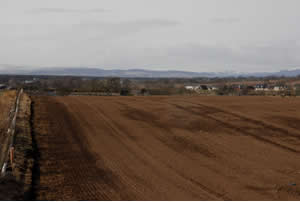 The production and transport of dissolved organic matter is a fundamental control on the mobilisation of metal and organic pollutants, transfer of carbon between soils, waters and the atmosphere and on the availability of ecosystem energy. Our research links monitoring, experimentation and modelling and provides the process-understanding to determine the biogeochemistry of organic matter and its susceptibility to environmental change.
The production and transport of dissolved organic matter is a fundamental control on the mobilisation of metal and organic pollutants, transfer of carbon between soils, waters and the atmosphere and on the availability of ecosystem energy. Our research links monitoring, experimentation and modelling and provides the process-understanding to determine the biogeochemistry of organic matter and its susceptibility to environmental change.
Of particular interest is our understanding of how the nature and reactivity of the organic matter is related to interactions with abiotic and biotic components of ecosystems and in turn influenced by different catchment sources. The composition and reactivity of the organic matter may be more susceptible to environmental change than just concentrations. This has implications for aquatic biota and C budgets as well as human water requirements in terms of water treatment and processing.
Our research in this area focuses on these areas and questions:
- What are the relative roles of changing soil and water chemistry and climate in controlling catchment dissolved organic carbon dynamics?
- How can we use the quantity and quality of dissolved organic matter to determine the processes controlling its release and transport in upland catchments
- Which interactions of dissolved organic carbon with mineral subsoils determine reactivity and bioavailability
- Can we evaluate long-term trends in soil solution dissolved organic carbon at Environmental Change Network sites?
Who is working in this area?
- Marc Stutter
- David Lumsdon
- Helaina Black
- Martyn Futter
- Rachel Helliwell
- Helen Watson
- Carol Taylor
|
Updated: 23 Jan 2024, Content by: MC
|

